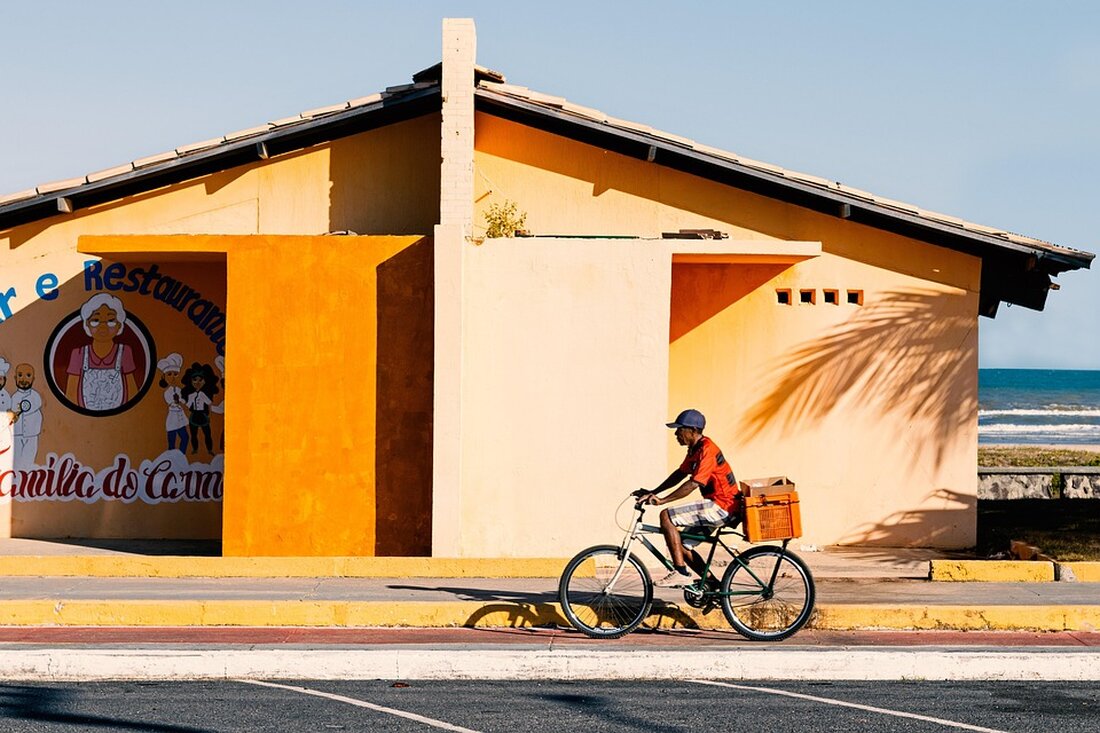Return of Ekeko: A symbol of hope for Bolivia!
The return of the Ekeko figure to Bolivia in 2014 illuminates the debate about restitution of cultural assets and indigenous heritage.

Return of Ekeko: A symbol of hope for Bolivia!
The story of the “Ekeko” figure, an important symbol of Bolivian culture, is a fascinating example of how to deal with historical cultural heritage and its repatriation. In 1858, the Swiss naturalist Johann Jakob von Tschudi illegally appropriated the Ekeko figure in Bolivia when he removed it from the sacred site of Tiwanaku. It was only in 2014, 150 years later, that the sculpture, made in the Pucara style, was returned to Bolivia. This return took place during a solemn ceremony at the National Museum of Archeology in La Paz, where the heirloom will now be reunited with its cultural context. Watson reports that Tschudi collected many artifacts during his travels to South America and documented the Ekeko statue in his book “Journey through South America” (1869). During this appropriation, Tschudi subjected himself to the pressure of cognac, which was perceived by the indigenous peoples as highly illegitimate. Despite his knowledge of the sacred value of the figure and the associated offerings made to the Aymara gods, the appropriation did not seem questionable to him.
The Ekeko's return was not an easy process. The Bolivian diplomat Elizabeth Salguero Carrillo initiated the restitution, which was supported by the cultural policy under Evo Morales, which aimed at upgrading indigenous cultures from 2006 onwards. However, the path to repatriation was accompanied by skepticism; the Bernese Historical Museum set conditions, which led to tensions. The decision of the Bern cantonal parliament, which voted for the repatriation with 117 votes, finally took a decisive step towards resolving the matter.
The Alasitas Festival and the Ekeko Cult
The return of the Ekeko figure was celebrated during the Alasitas festival, which takes place every year on January 24th in La Paz and lasts several weeks. This tradition, started in 1781 by Sebastián de Segurola, attracts many visitors who purchase miniature goods that they would like to own in full size in the current year. Ekeko, the central figure of this festival, is worshiped as a lucky charm and a mystical deity who brings prosperity and energy into the new year. Statuettes of Ekeko are common at stalls around the city, and the tradition of harmony with Pachamama, Mother Earth, plays a significant role. Travel Bolivia reports that the Alasitas Festival has been recognized as a UNESCO heritage site since 2017 and the event reflects a certain greed that contradicts the Aymara values of balance and community.
For Bolivians, Ekeko is a kind of saint, even if the Catholic Church does not recognize him. The offerings made are a way of thanking him and must be blessed by an Aymara spiritual leader (yatiri). The Ekeko embodies not only the pursuit of material prosperity, but also the cultural wealth and spiritual heritage of the Bolivian people.

 Suche
Suche
 Mein Konto
Mein Konto